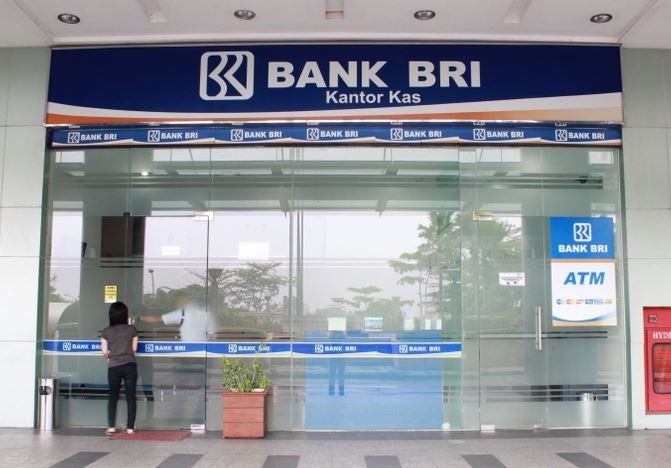
State-owned lender Bank Rakyat Indonesia (BRI) is struggling to help customers that are worse off during the pandemic than during the Asian financial crisis of 1997-1998.
The bank’s profit dropped slightly to Rp 8.17tn (£446m) in the first three months of this year, from Rp 8.2tn in the same period last year.
The drop in profit is due to unfavourable market conditions that have affected the performance of its subsidiaries, such as insurance firm BRI Life and agriculture-focused lender BRI Agro, the bank said.
Indonesia’s largest lender, the bank is bracing for an avalanche of loan defaults as covid-hit customers and businesses increasingly lose the fight to stay afloat.
As of April, the bank has restructured loans of 1.4 million micro, small and medium enterprises totalling Rp 101tn.
Revised performance forecast
BRI is revising its performance forecast. It now expects to slash its loan growth target to 5% this year from its initial target of 11 percent. This figure is far lower than last year’s loan growth of 8.4%.
Even with the profit decline, the bank still recorded 9.4% year-on-year growth in loan disbursement during the first quarter to Rp 882.25tn. This figure is higher than the average industry growth of 7.95% during the same period.
Loan disbursement for the micro segment grew 12.72% year on year during the period, while loan disbursement to the retail and medium segment increased 12.25%.
Emergency fiscal measures
Meanwhile, the government has taken emergency fiscal measures to deal with the pandemic. It has lifted the budget restrictions imposed following the Asian financial crisis.
The government has also pledged to place funds in certain domestic banks to provide more liquidity. The amount to be allocated for the purpose is reportedly Rp 35tn.
For the time being, BRI says it still has ample liquidity despite the turbulent economic conditions.
Overall, Indonesia’s large banks are well capitalised today to withstand near term pressure from loan defaults and falling profit margins, a sharp contrast to their weak finances that forced them to seek state bailouts during the Asian crisis.







